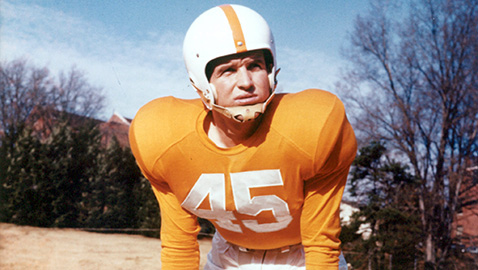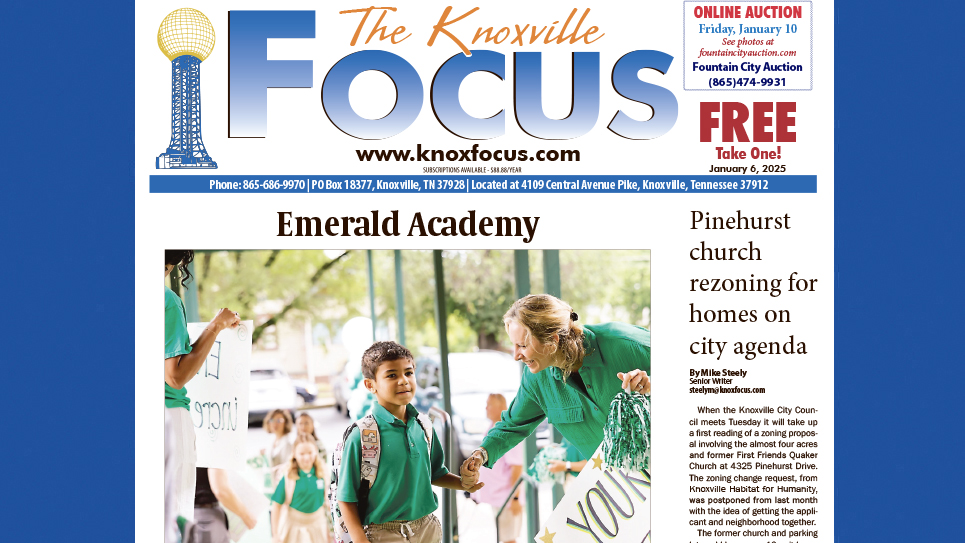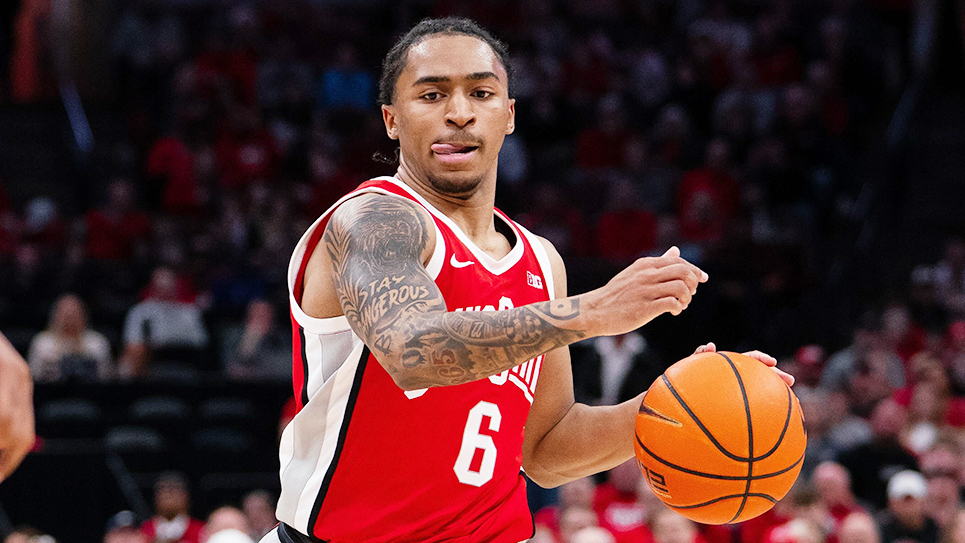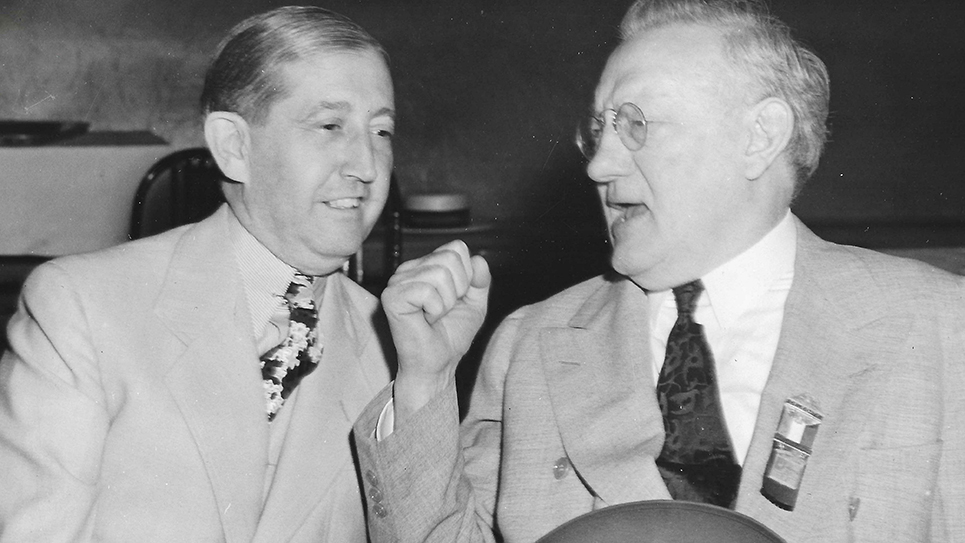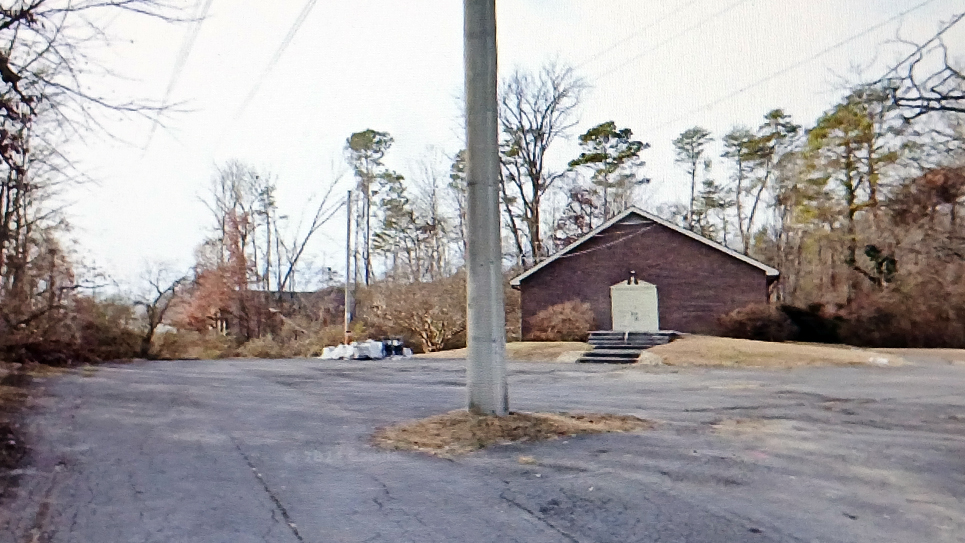By Steve Williams
A friend of mine, the late Aaron Keen, was founder of Rocky Top Views, a UT sports publication, in the early 1990s and needed a delivery person for the East Tennessee area.
I took that part-time job to supplement my teacher aide position in ISS at West High and my sports officiating.
Keen, at that time, lived in Mt. Juliet and his publication was printed in Pulaski in southern Middle Tennessee.
Every Sunday morning for a year or so I would have my maroon 1976 Monte Carlo hooked to a U-Haul trailer for the trip to Giles County, which borders Alabama. That’s where I picked up boxes full of Keen’s Rocky Top Views publication.
The trip to Pulaski took four hours or more and covered around 240 miles. I had drop-off points for the publication in Chattanooga and at Anderson News in Knoxville, and then the second part of the trip covered 100 miles or so to Kingsport and Johnson City for more drop-offs.
Delivery people in these areas would pick up the Rocky Top Views publication on Monday mornings and distribute it locally in their area.
After about 700 miles of driving and delivering (I can’t remember how many issues of Rocky Top Views were in all of those boxes), a worn out yours truly would arrive back in Knoxville on Monday usually after sunrise.
I tell you about this trip because it took me through Winchester (the home of Phillip Fulmer) and past Huntland High School (where Johnny Majors played football for his father, Shirley Majors, from 1950-52).
Highway 64 runs through both of these towns that are only 14 miles apart. It has always amazed me that two of UT’s greatest football coaches lived in towns that were so close in proximity.
Of course, Majors, who passed away recently at age 85, was 16 years older than Fulmer and they played at UT at different times, but they were on the same staff for several years, with Phil working as offensive line coach and then offensive coordinator under Majors before he ended up succeeding him at the end of the 1992 season.
The story behind that tumultuous transition will have to wait for another day.
Back to Huntland, home of the Hornets and the Blue and White. I pulled over to check out the Huntland football field one Sunday afternoon on my way back from Pulaski.
That’s been almost 30 years ago, so my memory is a little vague of what I saw that day. I just remember it being your typical small school football setting, and imagining what it must have been like on a game day with Johnny playing and leading the way.
The oldest of four brothers and a sister, Johnny grew up in Lynchburg and moved with his family to Huntland in 1950.
Majors was the state’s leading scorer three straight years and tallied 213 points as a senior in 1952 as Huntland went 9-1. Johnny also rushed for 2,550 yards that year, averaging 17.7 yards per carry, and was named to the All-Midstate team by both Nashville newspapers, The Banner and The Tennessean.
After Coach Majors passed away, I was listening to a taped interview of him telling about his dad having a 71-1-1 record at Huntland when he coached there from 1949 through 1956.
After graduating from Huntland High in 1953, Johnny was a member of Coach Robert R. Neyland’s last recruiting class at UT.
The 150-pound Majors was a single-wing tailback who could run, throw and punt. In game film I’ve seen on him over the years, he was a tough and disciplined runner who most of the time ran north to south.
In the 1956 season, he threw a long pass to end Buddy Cruze, a Knoxville product, that set up the only score in a 6-0 win at No. 2 ranked Georgia Tech, which often has been called one of the greatest games in the history of Southern football.
If Paul Hornung had played for any team besides Notre Dame, Majors most likely would have won the Heisman Trophy after his senior season in 1956 instead of finishing runner-up in the voting to the “Golden Boy.” Hornung was a great player but on a 2-8 Fighting Irish team (the only losing team that has ever produced a Heisman winner). The great Jim Brown of Syracuse finished fifth in the voting.
To his credit, however, I never heard Majors complain about losing the Heisman like he did. In fact, he and Hornung became lifelong friends and had a tradition of speaking to each other on the phone every year.
Johnny still was highly decorated as a player. He was the SEC’s Most Valuable Player in 1955 and 1956 and also an All-American in 1956 as the Vols were SEC champions and finished 10-1 and No. 2 in the nation in The AP poll. He was inducted into the College Football Hall of Fame as a player in 1987.

